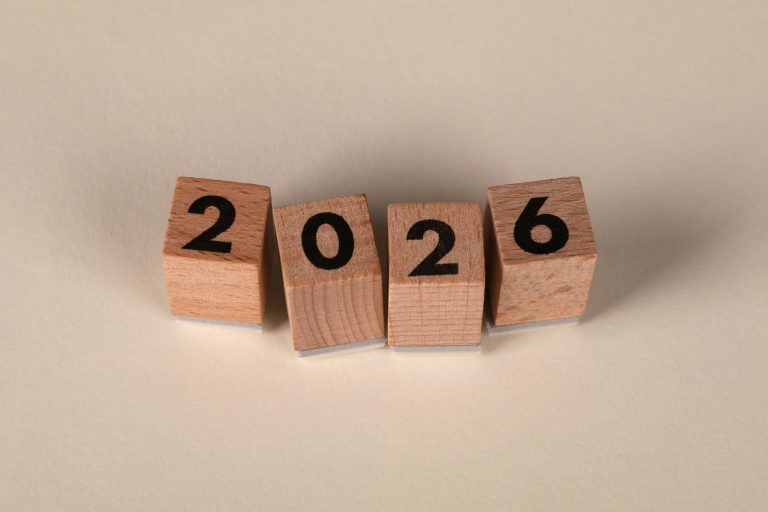In the fast-paced world of the food and hospitality industry, accurate sales forecasting is crucial for the success of any restaurant. By predicting future sales, restaurant owners and managers can make informed decisions about everything from staffing levels to inventory management to marketing efforts. In this article, we’ll take a closer look at the importance of restaurant sales forecasting and how it can help your business thrive.
First, let’s define what we mean by “restaurant sales forecasting.” Simply put, it’s the process of using data to predict how much revenue a restaurant can expect in a given time period. This could be for a shift, a day, a week, a month, or even a season. Forecasting allows restaurant owners and managers to set revenue and growth goals and make informed decisions about how to allocate resources in order to reach those goals.
So, why is restaurant sales forecasting so important? Here are just a few reasons:
- Optimize inventory management: Having the right amount of inventory on hand is crucial for any restaurant. Too little, and you won’t be able to serve your customers; too much, and you’ll waste money on excess food that goes to waste. By forecasting sales, you can get a better sense of which menu items are most popular and how often they’re ordered, which will help you stock the right amount of inventory. This can save you money on food costs and reduce waste, ultimately increasing profitability.
- Informed planning: In addition to optimizing inventory management, forecasting also allows you to be better prepared for peak and non-peak seasons at your restaurant. You can make more informed decisions about staffing, hiring, marketing, and advertising based on the sales forecast. For example, if you know that your restaurant sees a significant increase in sales during the holiday season, you can hire extra staff and train them in advance to provide the best customer experience possible.
- Predict profitability: As the owner or manager of a restaurant, profitability is likely at the top of your mind. By regularly forecasting sales, you can have a good idea of how much revenue and profit you can expect in the coming period of time. This can help you make decisions about increasing or decreasing costs in order to maximize profitability.
- Set goals: With an estimated profitability in hand, you can set realistic goals for your restaurant. If your forecast shows high profits, you can start planning for growth and expansion. On the other hand, if your forecast shows low profits, you may need to focus on cost-cutting measures in order to turn things around.
- Plan for staffing: Accurate forecasting can also help you plan for staffing needs. By knowing how much business you can expect, you can allocate your staff to the right shifts to ensure that you have enough coverage without overstaffing, which can eat into your profits.
Restaurant sales forecasting is a crucial element of any successful restaurant operation. By accurately predicting sales volume for a given period of time, restaurant owners and managers can make informed decisions about purchasing, staffing, and profitability. This allows them to be better prepared for the upcoming season and set revenue and growth goals accordingly.
Effective restaurant sales forecasting helps optimize inventory management by providing insight into which menu items are most popular and how often they are ordered. This allows restaurants to stock the right amount of inventory, reducing the likelihood of running out of ingredients and reducing waste, which ultimately increases profitability.
In addition to inventory management, restaurant sales forecasting also allows owners to be better prepared for peak and non-peak seasons by making informed decisions about staffing, hiring, marketing, and advertising. For example, if a restaurant sees a significant increase in sales during the holiday season, they can hire and train extra staff in advance to provide the best customer experience. On the other hand, if sales are predicted to be slower during off-peak seasons, the restaurant can focus more on marketing and advertising to attract more diners.
Accurate restaurant sales forecasting can also help predict profitability and allow owners to set goals accordingly. If the predicted profits are high, they can start building plans for growth and expansion. On the other hand, if profits are predicted to be low, the restaurant can consider ways to cut costs in order to increase profitability.
There are a few key factors to consider when conducting a restaurant sales forecast. For existing restaurants, it’s important to review past data and consider any recent trends or external forces that may impact sales. For new restaurants, it’s important to gather data on the number of guests served, average per-person spend, and number of days open per week. By using this data and following a consistent process, restaurant owners and managers can create an accurate sales forecast that helps them make informed decisions about their business.
In conclusion, restaurant sales forecasting is a vital part of any successful restaurant operation. It helps optimize inventory management, better prepare for peak and non-peak seasons, predict profitability, set goals, and make informed decisions about the business. By gathering and analyzing data and following a consistent process, restaurant owners and managers can create an accurate forecast that helps their business thrive.








